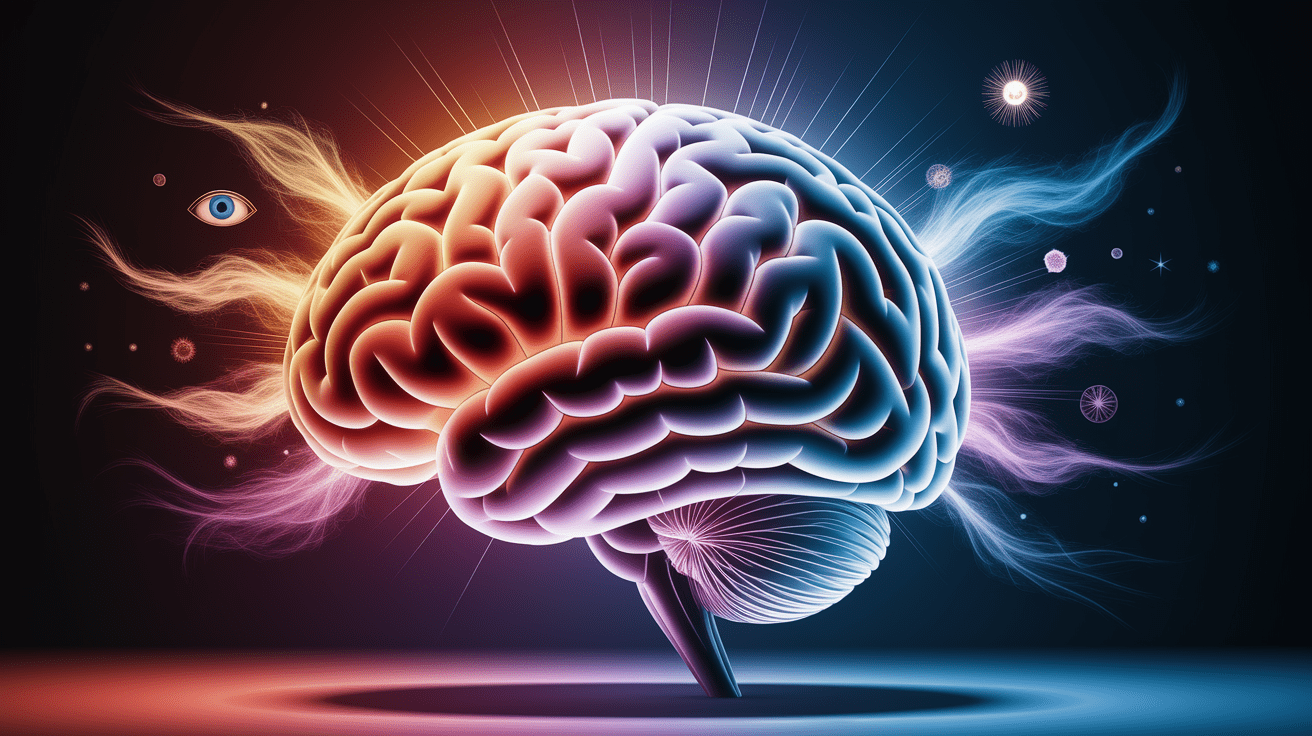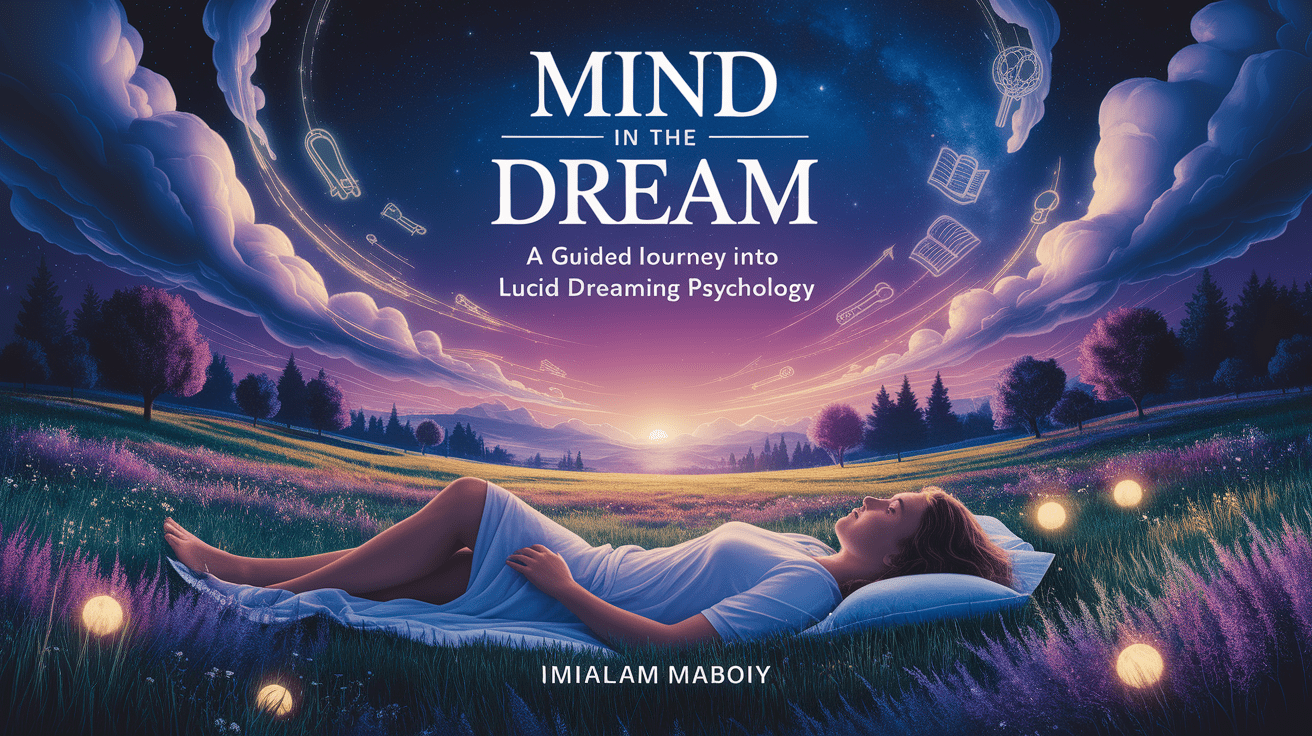Mind in the Dream: A Guided Journey into Lucid Dreaming Psychology
Dreamscapes Illuminated: Getting Clear on Lucid Dreaming
In lucid dreaming, the dreamer becomes consciously aware that they are dreaming while still within the dream state. This awareness can allow for self-reflection and, in many cases, some control over the dream narrative. Unlike ordinary dreams, where the dreamer passively experiences scenarios without recognizing their fictional nature, lucidity grants a meta-level perspective on the dream itself.

The term “lucid dream” was introduced by the Dutch psychiatrist Frederik van Eeden in 1913, although the phenomenon was documented in various cultural and historical contexts long before modern psychology explored it. Lucid dreams typically arise during REM sleep, a stage of the sleep cycle associated with vivid imagery, high brain activity similar to wakefulness, and rapid eye movements.
The Brain’s Spotlight: Psychological Mechanics of Lucidity
Neuroscientific investigations indicate that lucid dreaming relies on unique patterns of brain activity, particularly in the prefrontal cortex—the brain region responsible for self-awareness, working memory, and metacognition. According to a comprehensive neurocognitive review, there is noticeable activation in the dorsolateral and frontopolar prefrontal cortex, along with the precuneus and inferior parietal lobules, during lucid episodes. These regions are involved in attention regulation and conscious decision-making, providing the cortical infrastructure needed for dream awareness and control.

Frequent lucid dreamers often demonstrate higher metacognitive skills, reinforcing the idea that lucidity can be cultivated through training. Such individuals may have stronger abilities to evaluate their own mental states—a skill not confined to dreaming but linked to enhanced cognitive control during waking life.
Frequency and Control: How Often and How Much?
Research suggests that around 50% of people report having experienced at least one lucid dream, with approximately 20% experiencing them monthly. A smaller percentage—sometimes referred to as dedicated oneironauts—may have lucid dreams several times a week or nightly. While lucidity often enhances dream vividness and memorability, full control over dream environments or characters is relatively rare; most individuals achieve only partial influence.

In laboratory settings, researchers employ physiological markers to identify lucid dreams objectively. One key technique involves instructing participants to perform pre-arranged eye movements within the dream, which can then be detected in real time during REM sleep.
As WebMD’s overview notes, these methods validate subjective reports by matching conscious signals from the dreamer with polysomnographic measurements.
Training Your Dream Mind: Techniques for Lucid Induction
Lucid dreaming can be learned using structured methods aimed at strengthening dream recall, awareness, and reality testing. Established techniques include:

- Dream journal: Writing down dreams upon waking enhances memory and helps identify recurring themes or cues.
- Reality checks: Performing routine tests during the day (e.g., asking “Am I dreaming?” or attempting unusual actions) increases the likelihood of doing so during a dream.
- Mnemonic Induction of Lucid Dreams (MILD): Developed by Stephen LaBerge, this method involves setting an intention to recognize when one is dreaming and rehearsing this before sleep.
- Wake-back-to-bed (WBTB): Waking up after several hours of sleep, staying awake briefly, then returning to bed increases the likelihood of entering REM with heightened awareness.
- Meditation and mindfulness: Mental practices that enhance present-moment awareness can translate into improved metacognitive monitoring during dreams.
Some studies also explore cholinergic stimulation—with substances affecting the acetylcholine neurotransmitter system—to aid lucid induction; however, findings remain inconclusive, and safety considerations are important.
As summarized in the neuroscientific review, consistency and commitment to these practices are key to increasing both frequency and level of control.
Dream Therapy: Psychological Applications
Lucid dreaming’s reflective qualities offer potential therapeutic benefits. In cases of nightmare therapy, dreamers can confront distressing dream scenarios with conscious strategies, altering the narrative or resolving conflict within the dream. This intervention can be particularly valuable for individuals with PTSD or recurrent nightmares.

Lucid dreaming also provides a unique environment for rehearsing emotional regulation, problem solving, and creative exploration in a low-risk, consequence-free state. Some researchers hypothesize benefits for conditions such as anxiety and depression, though empirical evidence remains preliminary. Beyond clinical settings, lucidity serves as a tool for studying consciousness, bridging the gap between waking cognition and altered states of mind.
These possibilities link closely to broader areas of dream psychology, where understanding symbolic imagery, subconscious processing, and self-awareness can contribute to personal growth and mental health.
Awakening with Insight: Conclusion
Lucid dreaming stands at the intersection of imagination, neuroscience, and psychological potential. By blending introspection with scientific method, it offers both a window into the workings of consciousness and a practical avenue for self-development. Understanding its neurological basis, prevalence, and induction techniques equips individuals to explore this phenomenon safely and meaningfully.
With continued research, lucid dreaming may grow from a fascinating curiosity into a structured psychological tool—illuminating the mind’s capabilities within dreamscapes and offering insight that lingers well beyond sleep.







